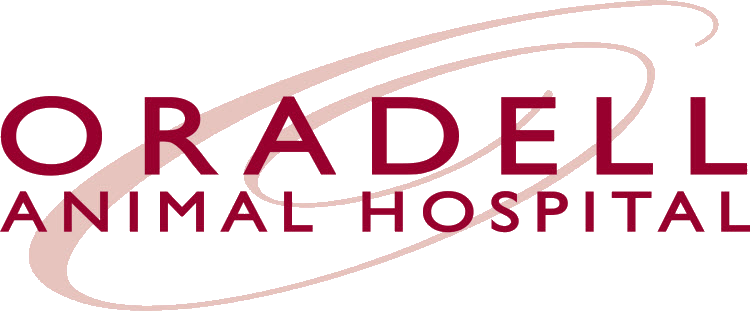Radioactive Iodine Therapy
Radioactive Iodine, known as I-131, represents a revolutionary, minimally invasive treatment option for cats suffering from hyperthyroidism. Our veterinary practice is proud to be the exclusive provider of this highly effective therapy in our region. This treatment involves a single subcutaneous injection of I-131, which has proven to cure over 98% of affected cats, with a possibility of a second injection if necessary. Notably, this therapy is known for its safety, having minimal to no harmful side effects.
Understanding Hyperthyroidism in Cats
Hyperthyroidism is a common endocrine disorder in cats, characterized by an overproduction of thyroid hormone due to an enlarged thyroid gland. Symptoms can include weight loss, increased appetite, excessive thirst, hyperactivity, and unkempt appearance. While less common, dogs can also suffer from thyroid issues, but the treatment approach may differ. Diagnosing hyperthyroidism involves a thorough examination, including blood tests to assess thyroid hormone levels.
Why Choose Radioactive Iodine Therapy?
The advantages of choosing radioactive iodine therapy for your pet are substantial. This therapy boasts a remarkable success rate, effectively curing the condition in the vast majority of cases. Its safety profile is exceptional, with minimal risk of side effects, which is particularly important for older cats or those with multiple health issues. Additionally, its minimally invasive nature, as a simple injection, makes it a more comfortable option for pets compared to surgical alternatives.
How Does Radioactive Iodine Therapy Work?
Radioactive iodine therapy utilizes a form of iodine that is radioactive. When administered, this iodine is naturally taken up by the thyroid gland. The radioactive component of I-131 then selectively destroys the hyperactive thyroid cells, shrinking the gland back to its normal size and reducing its hormone production. This targeted approach is what makes radioactive iodine therapy both effective and minimally impactful on the rest of the body.
Preparing Your Cat for Radioactive Iodine Therapy
Before undergoing radioactive iodine therapy, your cat will need a comprehensive health evaluation. This typically includes blood tests, a physical examination, and sometimes additional imaging tests to assess the thyroid gland's condition. These pre-treatment evaluations are crucial to ensure that your cat is a suitable candidate for the therapy and to tailor the treatment to your cat's specific needs.
What Should I Expect Immediately After My Pet Receives Radioactive Iodine Therapy?
Right after the I-131 treatment, your pet will need to stay at the veterinary facility for a short period. This is necessary because they will be emitting low levels of radiation. The duration of their stay can vary based on the regulations in your area but typically ranges from a few days to a week. During this time, our trained veterinary staff will monitor your pet’s health and ensure their comfort.
Are There Any Special Care Instructions for My Pet Post-Treatment?
Once your pet returns home, certain precautions are recommended to limit your exposure to radiation. These may include using disposable litter trays for cats and avoiding close contact, such as cuddling or allowing your pet to sleep in your bed, for a specified period. We will provide detailed instructions tailored to your pet’s specific situation.
How Will I Know if the Treatment Has Been Successful?
The success of the treatment is usually evaluated through follow-up examinations and blood tests to monitor thyroid hormone levels. These are typically conducted a few weeks after the therapy. Most pets show significant improvement in their symptoms within this period.
Is There Any Long-Term Care Required After Radioactive Iodine Therapy?
Long-term care after radioactive iodine therapy is minimal. However, we recommend regular check-ups to monitor your pet's overall health and ensure that there are no complications. In rare cases, some pets might require additional treatment or medication.
Can My Pet Resume Normal Activities Post Radioactive Iodine Therapy?
After the initial isolation period and any specific post-treatment instructions, your pet can generally resume normal activities. It's important to observe them for any changes in behavior or health and report these to your veterinarian.
What Are the Chances of Hyperthyroidism Recurring After Treatment?
The recurrence of hyperthyroidism after radioactive iodine therapy is very rare. This treatment is known for its high success rate and is considered a permanent solution in most cases.
